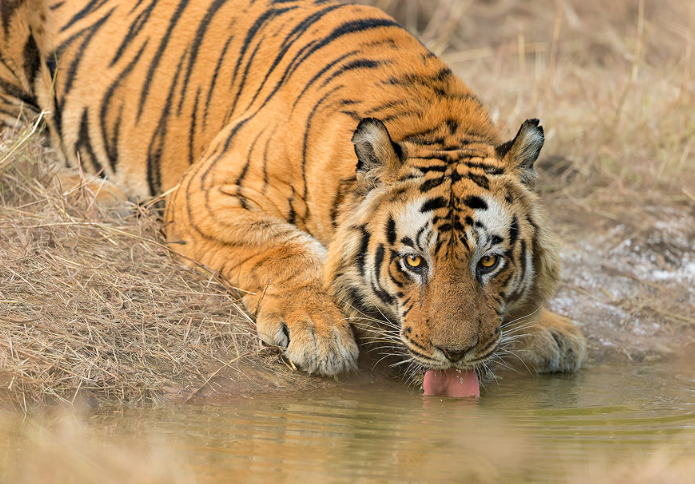Title: Exploring the Magnificent Male Bengal Tiger
Introduction
The male Bengal tiger is one of the most captivating and powerful animals in the wild. Known for their stunning beauty and strength, these majestic creatures hold a special place in our natural world. Understanding the characteristics and behavior of male Bengal tigers not only enhances our appreciation for them but also highlights the importance of their conservation.
The Physical Features of Male Bengal Tigers
Male Bengal tigers are truly magnificent animals, distinguished by their striking orange coat adorned with black stripes. On average, they weigh between 400 to 500 pounds, making them one of the largest tiger subspecies. Their muscular bodies are perfectly designed for hunting, with sharp retractable claws and powerful jaws. The males are typically larger than females, which aids in their role as dominant hunters in their habitat. Additionally, their unique stripe patterns allow them to blend seamlessly into their surroundings, enabling them to stalk prey effectively.
Behavior and Social Structure
Male Bengal tigers are solitary creatures, often marking large territories that can span several hundred square miles. This territory marking involves scratching trees and leaving scent markings to communicate with other tigers. While they primarily seek out mates during the breeding season, males are known to engage in fierce battles with other males to defend their territory. These territorial disputes not only showcase their strength and agility but also play a crucial role in maintaining the balance of their ecosystem. Understanding these behaviors helps us appreciate the challenges they face in the wild, particularly as their habitats continue to shrink.
Conservation Efforts and Challenges
Despite their magnificence, male Bengal tigers face numerous threats that jeopardize their survival. Habitat destruction, poaching, and human-wildlife conflict have significantly diminished their populations in the wild. Conservation organizations play a vital role in protecting these majestic creatures through habitat preservation and anti-poaching initiatives. Awareness and education about the plight of Bengal tigers are crucial for mobilizing support for conservation efforts. As responsible stewards of the planet, we can contribute by advocating for wildlife protection, supporting conservation groups, and being informed about sustainable practices that benefit both wildlife and human populations.
Conclusion
The male Bengal tiger is not only a symbol of strength and beauty but also a vital part of our ecosystem. Understanding their characteristics, behaviors, and the challenges they face is essential for their conservation. By educating ourselves and others, we can contribute to preserving these incredible creatures for future generations. Let’s take the next step towards protecting the Bengal tiger – learn more, spread awareness, and support conservation efforts.

